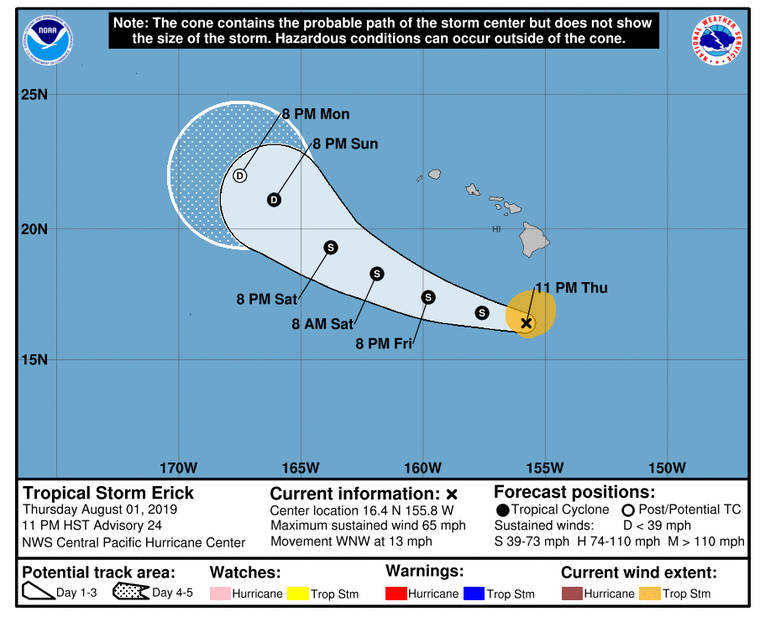

These storms are therefore typically strongest when over or near water, and weaken quite rapidly over land. The primary energy source for these storms is warm ocean waters. Conversely, the African easterly jet and areas of atmospheric instability give rise to cyclones in the Atlantic Ocean and Caribbean Sea, while cyclones near Australia owe their genesis to the Asian monsoon and Western Pacific Warm Pool. Tropical cyclones are very rare in the South Atlantic (although occasional examples do occur) due to consistently strong wind shear and a weak Intertropical Convergence Zone. As a result, they rarely form within 5° of the equator. The strong rotating winds of a tropical cyclone are a result of the conservation of angular momentum imparted by the Earth's rotation as air flows inwards toward the axis of rotation. Every year tropical cyclones impact various regions of the globe including the Gulf Coast of North America, Australia, India and Bangladesh. Tropical cyclones are typically between 100 and 2,000 km (60 and 1,240 mi) in diameter.

This energy source differs from that of mid-latitude cyclonic storms, such as nor'easters and European windstorms, which are fueled primarily by horizontal temperature contrasts. They derive their energy through the evaporation of water from the ocean surface, which ultimately condenses into clouds and rain when moist air rises and cools to saturation. Tropical cyclones typically form over large bodies of relatively warm water. The opposite direction of circulation is due to the Coriolis effect. "Cyclone" refers to their winds moving in a circle, whirling round their central clear eye, with their winds blowing counterclockwise in the Northern Hemisphere and clockwise in the Southern Hemisphere. "Tropical" refers to the geographical origin of these systems, which form almost exclusively over tropical seas. A hurricane is a strong tropical cyclone that occurs in the Atlantic Ocean or northeastern Pacific Ocean, and a typhoon occurs in the northwestern Pacific Ocean in the Indian Ocean, south Pacific, or (rarely) South Atlantic, comparable storms are referred to simply as "tropical cyclones", and such storms in the Indian Ocean can also be called "severe cyclonic storms". Depending on its location and strength, a tropical cyclone is referred to by different names, including hurricane ( / ˈ h ʌr ɪ k ən, - k eɪ n/), typhoon ( / t aɪ ˈ f uː n/), tropical storm, cyclonic storm, tropical depression, or simply cyclone. A tropical cyclone is a rapidly rotating storm system characterized by a low-pressure center, a closed low-level atmospheric circulation, strong winds, and a spiral arrangement of thunderstorms that produce heavy rain and/or squalls.


 0 kommentar(er)
0 kommentar(er)
